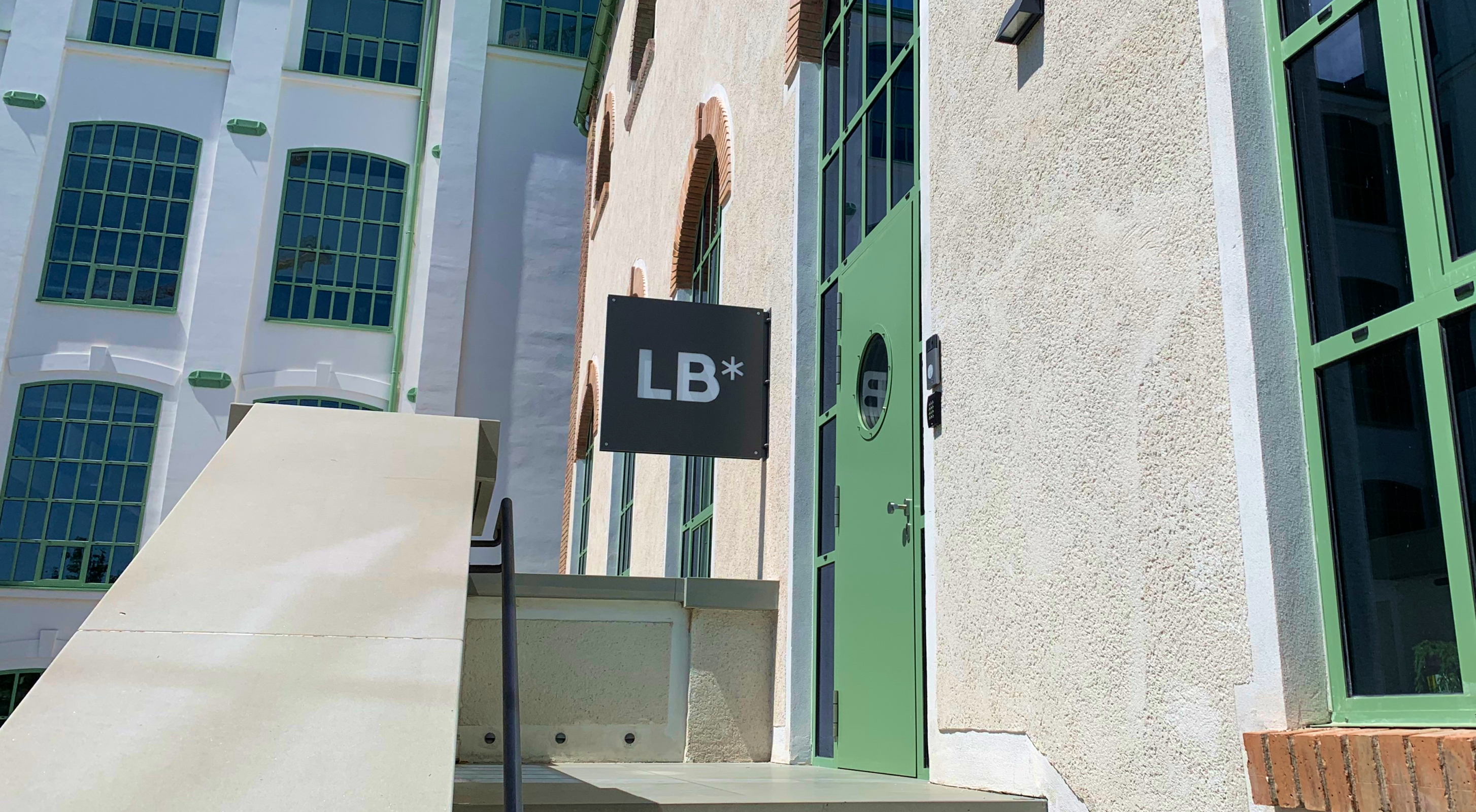The term "omnichannel" treads on thin ice—some see it as just a marketing buzzword, while for others, it has been a game-changer in saving their business. I believe this mixed perception exists simply because many entrepreneurs misunderstand the concept. While in the past, all businesses operated through a single channel; today, it seems natural that every brand is “everywhere”.
Omnichannel customer experience is about integrating all sales and communication channels into one interconnected ecosystem. A customer can start shopping online, continue in a mobile app, complete the purchase in-store, and even return the product via courier—all without losing context, information, or convenience.
However, many brands enter multichannel customer service the wrong way and for wrong reasons. Sometimes, they do it to mimic competitors ("We immediately need an app, too!"), other times, it’s an attempt to jump on a potentially trending channel ("Trust me, voice assistants are THE future!"). And more often than not, brands view omnichannel as a cost-cutting measure—trying to automate customer support, reduce in-store staff, and so on.
Omnichannel is about value addition, not cost reduction.
— Harvard Business Review
The real value of omnichannel only emerges when customer interactions across all platforms are designed to create a smoother overall journey. Those who implement it correctly are not just building a sales system but an ecosystem where customers feel comfortable and want to come back.
The core (customer) problem
The American brand Warby Parker launched in 2010 as an e-commerce platform aimed at providing an alternative to expensive prescription glasses. Customers could choose five frames, have them delivered to their home for five days, and return the ones they didn’t like. By eliminating intermediaries in the purchasing process, the brand significantly lowered frame prices, and its customer base grew rapidly—but not just because of the cost savings. The Home Try-On concept addressed a fundamental customer pain point that competitors had overlooked: How do you choose frames from home when glasses look entirely different on a real face than on a model? If you wear prescription glasses, have an asymmetrical face, or a crooked nose (like me), you know the pain is paining.
A few years later, when traditional eyewear giants were questioning whether to maintain physical stores in the age of growing e-commerce, Warby Parker did the opposite—it opened its first physical store. Today, they operate nearly 300 stores with a goal of reaching 900. This seemingly counterintuitive move wasn’t about following competitors but about meeting unfulfilled customer needs. Conversations with customers revealed that many wanted to buy from Warby Parker but lacked a valid eye prescription. This insight led the brand to invest in physical locations—not because competitors had them, but because competitors were failing to meet market expectations. The eye diagnostics service, added to the low frame price, further strengthened Warby Parker’s competitive advantage. After its success in stores, the brand also designed an eye diagnostics alternative for its app, removing the last barriers to purchase for fully digital customers.
Warby Parker develops other services in its omnichannel experience based on the challenges faced by significant customer groups. For example, they discovered that three-quarters of in-store visitors had previously browsed the online shop. Store associates noticed that customers would bring handwritten notes with frame names—or, conversely, would save links to glasses they liked in-store as notes or in an app to consult with someone or check their insurance coverage. In response, the brand better connected the customer and sales environments. Store associates can see which products a customer has added to their favorites and send links to selected frames or face photos via email. All of this contributes to Warby Parker’s Net Promoter Score (NPS) of 86, the highest in the segment and far above other categories.
Two examples from Slovakia
NAY
We tackled a similar situation with NAY, Slovakia’s largest electronics retailer. The brand had two key advantages: knowledgeable and helpful sales staff with deep product expertise and a wide network of stores, making expert consultation easily accessible. Customer research confirmed that visiting a store was a crucial part of the decision-making process. Buying electronics is often a major investment, so customers wanted to compare specifications, weigh options, and get expert recommendations.
However, the purchasing decision didn’t always end in-store—customers often needed time to discuss their choice with a partner, consider financing, or decide on extra services like transport and installation. This clashed with sales staff incentives, as their commissions depended on in-store purchases. If a customer left undecided, they were often left without further assistance, disrupting the customer journey. To address this, we redesigned the sales application to integrate seamlessly with the online store—similar to Warby Parker.
Now, sales staff could email customers their selected products, allowing them to complete the purchase online with one click while still earning a commission for the assisted sale. In-store sales platform revenue doubled, upselling of additional services grew by 101 % and total year-on-year revenue across all channels increased by 20 %. Learn more in the full case study on NAY’s service design.
Martinus
Our collaboration with Martinus, the most popular bookstore in Slovakia, started from the opposite end. The brand wanted to redesign its online store to align with the experience of its physical bookstores, for which Martinus has been renowned and still is. To gather inspiration, we went directly to the stores—talking to customers and shadowing the staff to design an online store that functions like a knowledgeable librarian.
This led to the creation of thematic book collections curated by experts in different genres. We revamped the catalog, search function, reviews, and alternative product recommendations to make discovering new books as effortless as it is in a physical bookstore. Additionally, we improved the implementation of supplementary services, such as selecting a book format or sending it as a gift, which were previously lost in the old design. As a result of the redesign, mobile conversions increased by a quarter, upsell in the shopping cart grew by 160 %, and in-store order reservations surged by 380 %. You can read the detailed process in the case study on Martinus’s e-shop redesign.
A truly consistent experience
The goal of an omnichannel ecosystem should be to provide a consistent experience wherever customers naturally interact with the brand. However, consistency doesn’t mean using the same layout and brand elements across all channels, nor that services should be identical in all environments. Instead, they should be complementary—designed around the specific, and often surprising, expectations customers have for each channel or platform.
We’re surrounded by bad examples. Some traditional retailers simply turned their e-shop into a digital version of a paper catalog—without the functionalities customers rely on in the online space. Many companies have completely replaced customer support with chatbots that can’t handle complex issues, leaving customers frustrated. And my personal favorite—government services that allow you to start a process online but still require you to visit an office to complete it. That is not an omnichannel experience.
I believe that if brands focused more on understanding their customers' deepest needs and expectations, they could create better-connected services across all channels and assess the true value of their physical stores. They could also make better decisions about the relevance of their physical stores. And conversely—as Dave Gilboa, CEO of Warby Parker, highlights—one of the key benefits of operating a retail network is the wealth of customer insights a brand can gain through direct interactions.
If the role of physical stores is a pressing business challenge for you, join our discussion on the future of retail. On Thursday, February 20, at the Lighting Beetle* venue, strategic consultant Lucia Ciranová will present an analysis of emerging trends in retail and, in a panel discussion, will interview leaders of Slovak brands MTBIKER, Dr. Max, and Optika ZITA, who are successfully developing their brick-and-mortar stores even in the digital age.



